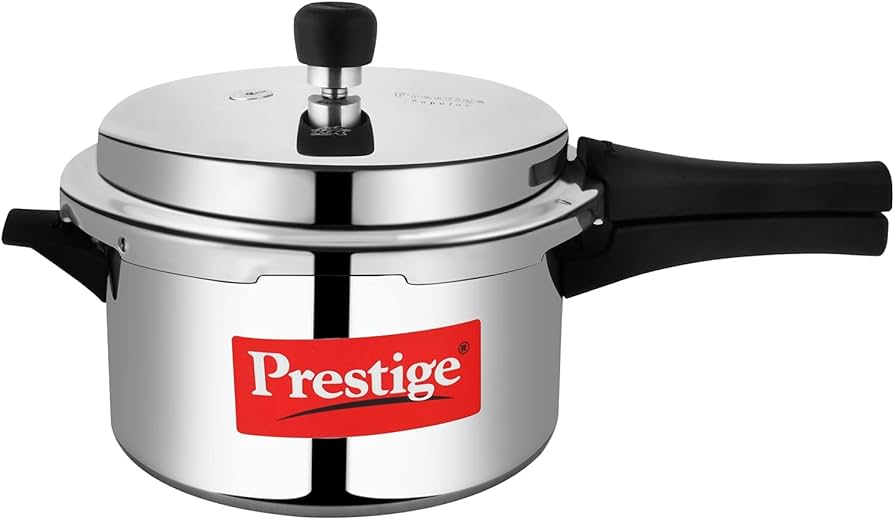Key Factors to Consider When Purchasing a Pressure Cooker
Introduction
Purchasing a pressure cooker can be a game-changer for your kitchen, providing quick and efficient cooking. However, with various models and features available, it’s essential to consider several factors to ensure you choose the right one for your needs. This article highlights the most important things to take into account when purchasing a pressure cooker.
1. Type of Pressure Cooker
Stovetop vs. Electric
- Stovetop Pressure Cookers: These traditional models are heated on your stove and usually offer higher pressure, resulting in faster cooking times. They require manual monitoring and adjustment.
- Electric Pressure Cookers: These models come with built-in heating elements and digital controls, making them more user-friendly. They often have multiple cooking functions and safety features but may cook at a lower pressure than stovetop versions.
2. Material and Build Quality
Stainless Steel vs. Aluminum
- Stainless Steel: Known for its durability, resistance to rust, and non-reactive properties, stainless steel pressure cookers are a preferred choice for many. They are generally more robust and long-lasting.
- Aluminum: Lighter and more affordable, aluminum pressure cookers heat up quickly but are less durable and can react with acidic foods, potentially affecting the taste and nutritional value.
3. Capacity
Family Size and Cooking Needs
- Small (3-4 Quarts): Suitable for singles or small families, ideal for preparing side dishes or small meals.
- Medium (5-7 Quarts): Versatile and suitable for most families, allowing you to cook a variety of meals including stews, soups, and roasts.
- Large (8 Quarts and Above): Best for larger families or those who frequently entertain guests. These cookers can handle large batches of food, making them perfect for big gatherings.
4. Safety Features
Essential Safety Mechanisms
- Pressure Release Valve: Ensures the cooker maintains safe pressure levels by releasing excess steam.
- Locking Lid: Prevents the lid from being opened while the cooker is pressurized, reducing the risk of accidents.
- Pressure Indicator: Shows whether the pressure inside the cooker is at a safe level, helping you monitor cooking progress.
5. Ease of Use and Maintenance
User-Friendly Features
- Digital Controls and Presets: Electric models often come with digital interfaces that make them easier to use, with presets for different types of food.
- Non-Stick Interiors: Some pressure cookers have non-stick coatings that make cleaning easier, but they require careful handling to avoid scratching.
Cleaning and Maintenance
- Dishwasher-Safe Parts: Check if the pressure cooker’s parts are dishwasher-safe for easier cleaning.
- Removable Gasket: A removable gasket is easier to clean and replace, ensuring the cooker maintains a good seal.
6. Price and Warranty
Budget Considerations
- Price Range: Pressure cookers come in a wide range of prices. Determine your budget and look for models that offer the best features within your price range.
- Warranty: A good warranty can provide peace of mind and protection against defects. Look for models with a comprehensive warranty and check what it covers.
7. Brand Reputation and Reviews
Trusted Brands
- Reputable Manufacturers: Consider pressure cookers from well-known brands with a history of producing reliable kitchen appliances.
- Customer Reviews: Reading customer reviews can provide insights into the real-world performance and durability of the pressure cooker you’re considering.
Conclusion
When purchasing a pressure cooker, it’s crucial to consider the type, material, capacity, safety features, ease of use, price, and brand reputation. By carefully evaluating these factors, you can select a pressure cooker that meets your cooking needs and preferences, ensuring a worthwhile investment for your kitchen.





